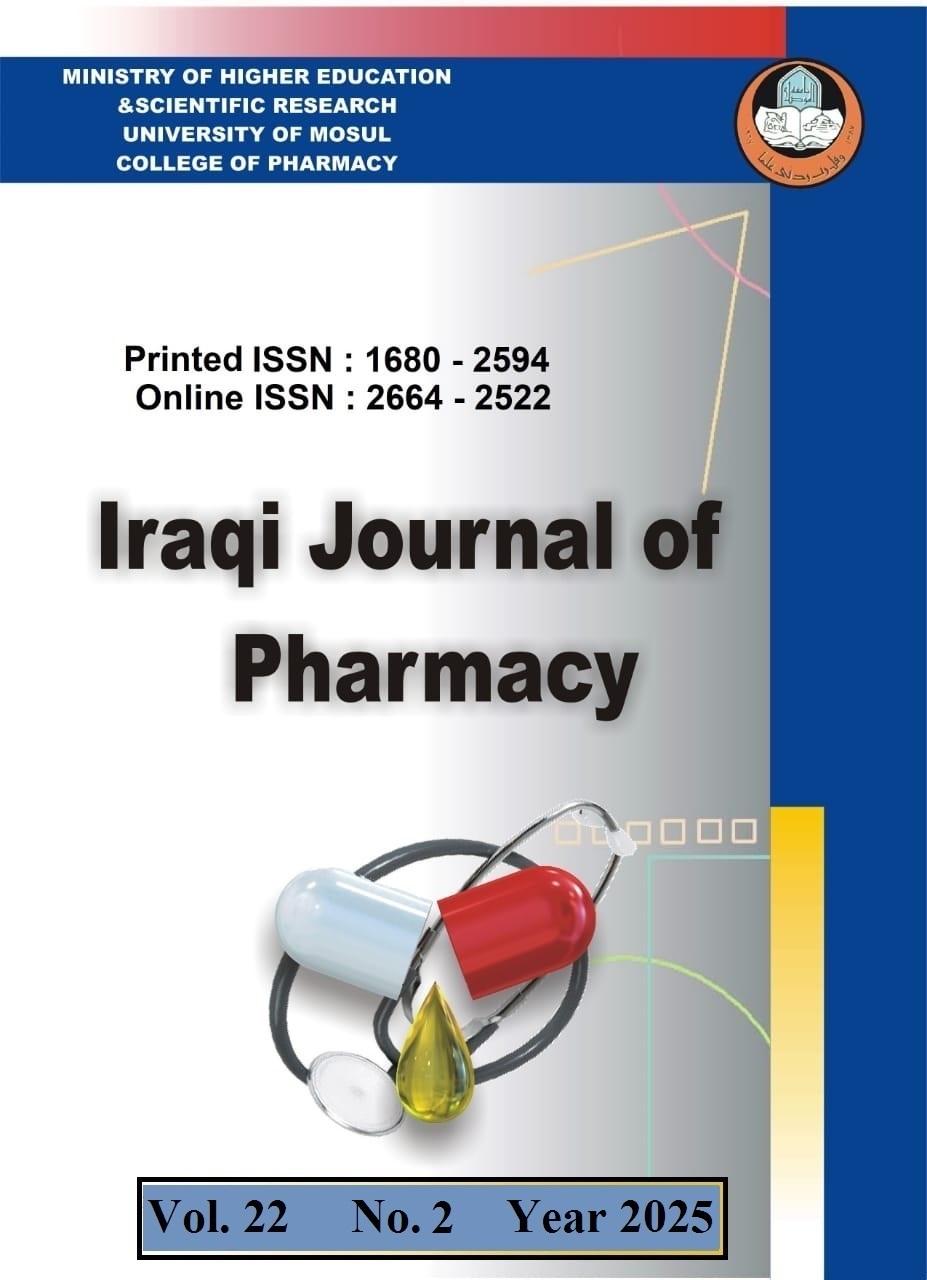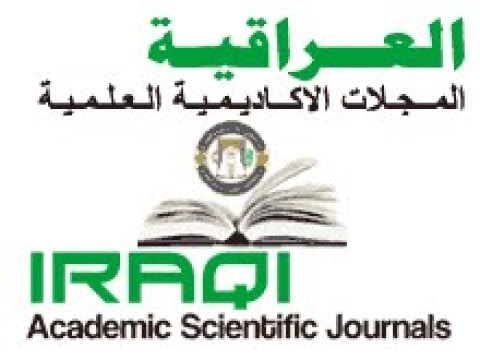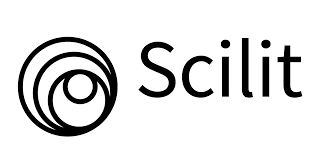The Role of Immunohistochemical Expression of p63 in Atypical Proliferative Lesions and Carcinoma In Situ of the Breast
Abstract
Background: The transcription factor p63 is a member of a family of transcription factors p53, which play a fundamental role in cell growth, multiplication, programming, differentiation and apoptosis, henceforth, aberrantly involved in the form of different variants in breast cancers. Objectives: The study aimed to determine if p63 could serve as a novel method for identifying nuclear myoepithelial cells in a normal growing cell setting for both breast cancer in situ and lesions. Methods: This study is a combination of retrospective and prospective case series analysis. It involved examining 86 samples of breast lesions obtained from private clinics and laboratories in Ninawa Province (Iraq). The study was done on the excisional biopsy, lumpectomy, and mastectomy specimens. We performed an immunohistochemical (IHC) analysis to examine the intensity of the p63 nuclear protein. The extent was scored based on the percentage of positive cells and assigned a score of negative (0%), score 1 (<25%), score 2 (2690%), and score 3 (91-100%). Results: 61 of the 86 cases examined had benign diagnosis, while 25 were malignant, Nuclear positivity was found in all benign lesions when using IHC staining with p63 and in the malignant cases 19 were found to be positive while 6 were negative. Conclusions: Based on the aforementioned data, we can conclude that p63 serves as a valid IHC marker for distinguishing between challenging cases, carcinoma in situ cases, cases in the grey area, and cases with an unclear histomorphological diagnosis.
References
- Abdallah DM, El-Deeb NM. Comparative Immunohistochemical Study of P63, SMA, CD10 and Calponin in Distinguishing In Situ from Invasive Breast Carcinoma. Journal of Molecular Biomarkers & Diagnosis. 2017; 08(04):811.
- Barbareschi M, Pecciarini L, Cangi MG, Macri E, Rizzo A, Viale G, et al. p63, a p53 homologue, is a selective nuclear marker of myoepithelial cell of the human breast. American Journal of Surgical Pathology. 2001; 25(8):1054-60.
- Bhagat VM, Jha BM, Patel PR. Correlation of hormonal receptor and Her-2/neu expression in breast cancer: A study at tertiary care hospital in south Gujarat. National Journal of Medical Research. 2012; 2:295-98.
- Bukhari MH, Arshad M, Jamal S, Niazi S, Bashir S, Bakshi IM, et al. Use of fine-needle aspiration in the evaluation of breast lumps. Pathology Research International. 2011:01-10.
- Chaudhary S, Alam MK, Haque MS. The role of FNAC in diagnosis of breast disease at different ages- 208 cases. Journal Bangladesh College of Physicians and Surgeons. 2012;30(3):137-40.
- de Souza Queiroz L, de Almeida Matsura M, Alvarenga M. p63 and CD10: reliable markers in discriminating benign sclerosing lesions from tubular carcinoma of the breast? Applied Immunohistochemistry & Molecular Morphology. 2006; 14(1):71-7.
- Guray M, Sahin AA. Benign breast diseases: classification, diagnosis, and management. The oncologist. 2006; 11(5):435-49.
- Harton AM, Wang HH, Schnitt SJ, Jacobs TW. p63 Immunocytochemistry improvs accuracy of diagnosis with fine needle aspiration of the breast. American Journal of Clinical Pathology. 2007; 128:80-85.
- Hill CB, Yeh IT. Myoepithelial cell staining patterns of papillary breast lesions: from intraductal papillomas to invasive papillary carcinomas. American Journal of Clinical Pathology. 2005; 123(1):36-44.
- Juneja S, Agarwal R, Agarwal D, Rana P, Singh K, Kaur S. Correlation of expression of estrogen receptor, progesterone receptor and human epidermal growth factor receptor-2 with histopathological grade in cases of carcinoma breast. International Journal of Contemporary Medical Research. 2019; 6(9):16-21.
- Koker MM, Kleer CG. p63 expression in breast cancer: a highly sensitive and specific marker of metaplastic carcinoma. The American journal of surgical pathology. 2004; 28(11):1506-12.
- Liu H. Application of immunohistochemistry in breast pathology: a review and update. Archives of pathology & laboratory medicine. 2014; 138(12):1629-42.
- Modi P, Oza H, Bhalodia J. FNAC as preoperative diagnostic tool for neoplastic and non-neoplastic breast lesions: A teaching hospital experience. National Journal of Medical Research. 2014; 4(04):274-8.
- Nandam MR, Shanthi V, Grandhi B, Byna SSR, Vydhei BV, Conjeevaram J. Histopathological spectrum of breast lesions in association with histopathological grade versus estrogen receptor and progesterone receptor status in breast cancers: a hospital based study. Annals of Pathology and Laboratory Medicine. 2017; 4:A496-501.
- Pavlakis K, Zoubouli C, Liakakos T, Messini I, Keramopoullos A, Athanassiadou S, et al. Myoepithelial cell cocktail (p63+ SMA) for the evaluation of sclerosing breast lesions. The Breast. 2006; 15(6):705-12.
- Rahman MZ, Islam S. Fine needle aspiration cytology of palpable breast lump: A study Of 1778 cases. Surgery: Current Research. 2013; S12:01-05.
- Ranjan R, Gupta A, Singh S, Cheriaparambath A, Singh R. Is it time to include p40 as a standard myoepithelial marker of breast? A comparative study of expression of p63 and p40 in benign breast diseases and invasive ductal carcinomas of breast. Clinical Cancer Investigation Journal. 2021; 10:78-83.
- Reis-Filho JS, Milanezi F, Amendoeira I, Albergaria A, Schmitt FC. p63 Staining of myoepithelial cells in breast fine needle aspirates: a study of its role in differentiating in situ from invasive ductal carcinomas of the breast. Journal of Clinical Pathology. 2002; 55(12):936-9.
- ReisFilho JS, Milanezi F, Amendoeira I, Albergaria A, Schmitt FC. Distribution of p63, a novel myoepithelial marker, in fineneedle aspiration biopsies of the breast: an analysis of 82 samples. Cancer Cytopathology: Interdisciplinary International Journal of the American Cancer Society. 2003; 99(3):172-9.
- Rohilla M, Bal A, Singh G, Joshi K. Phenotypic and Functional Characterization of Ductal Carcinoma In SituAssociated Myoepithelial Cells. Clinical breast cancer. 2015; 15(5):335-42.
- Saini A, Saluja SK, Garg M, Agarwal D, Kulhria A, Sindhu A, et al. Immunohistochemical Expression of p63 in Benign and Malignant Breast Lesions. Journal of Clinical & Diagnostic Research. 2021; 15(10).
- Santara AK, Kumar A, Singh B, Doshetty R. Role of p63 in Breast Carcinoma-A Review. Annals of Pathology and Laboratory Medicine. 2018; 5(9).
- Stefanou D, Batistatou A, Nonni A, Arkoumani E, Agnantis NJ. p63 expression in benign and malignant breast lesions. Histology and histopathology.
- Tangrea MA, Mukherjee S, Gao B, Markey SP, Du Q, Armani M, et al, Rosenberg AM, Wallis BS, Eberle FC, Duncan FC. Effect of immunohistochemistry on molecular analysis of tissue samples: implications for microdissection technologies. Journal of Histochemistry and Cytochemistry. 2011;59(6):591-600.
- Thakkar B, Parekh M, Trivedi NJ, Agnihotri AS, Mangar U. Role of fine needle aspiration cytology in palpable breast lesions and its correlation with histopathological diagnosis. National journal of medical research. 2014;4(04):283-8.
- Verma N, Sharma B, Singh P, Sharma SP, Rathi M, Raj D. Role of p63 expression in non-proliferative and proliferative lesions of breast. International Journal of Research in Medical Sciences. 2018; 6:2705-10.
- Wang X, Mori I, Tang W, Nakamura M, Nakamura Y, Sato M, et al. p63 expression in normal, hyperplastic and malignant breast tissues. Breast Cancer. 2002;9(3):216-19.
- Wen HY, Brogi E. Lobular Carcinoma In Situ. Surgical Pathology Clinics. 2018; 11(1):123-145.
- Werling RW, Hwang H, Yaziji H, Gown AM. Immunohistochemical distinction of invasive from noninvasive breast lesions: a comparative study of p63 versus calponin and smooth muscle myosin heavy chain. The American journal of surgical pathology. 2003; 27(1):82-90.
- WHO Globocan 2018 World. Factsheets Cancers: Breast Factsheet. IARC;WHO (Internet). (2019). Available from: http://gco.iarc.fr/today/data/factsheets/cancers/20-Breast-fact-sheet.pd
- Yanping D, Qiurong R. The value of p63 and Ck5/6 expression in the differential diagnosis of ductal lesions of breast. Journal of Huazhong University of Science and Technology - Medical Science. 2006; 26:405-07.
- Zaha DC. Significance of immunohistochemistry in breast cancer. World journal of clinical oncology. 2014; 5(3):382.








